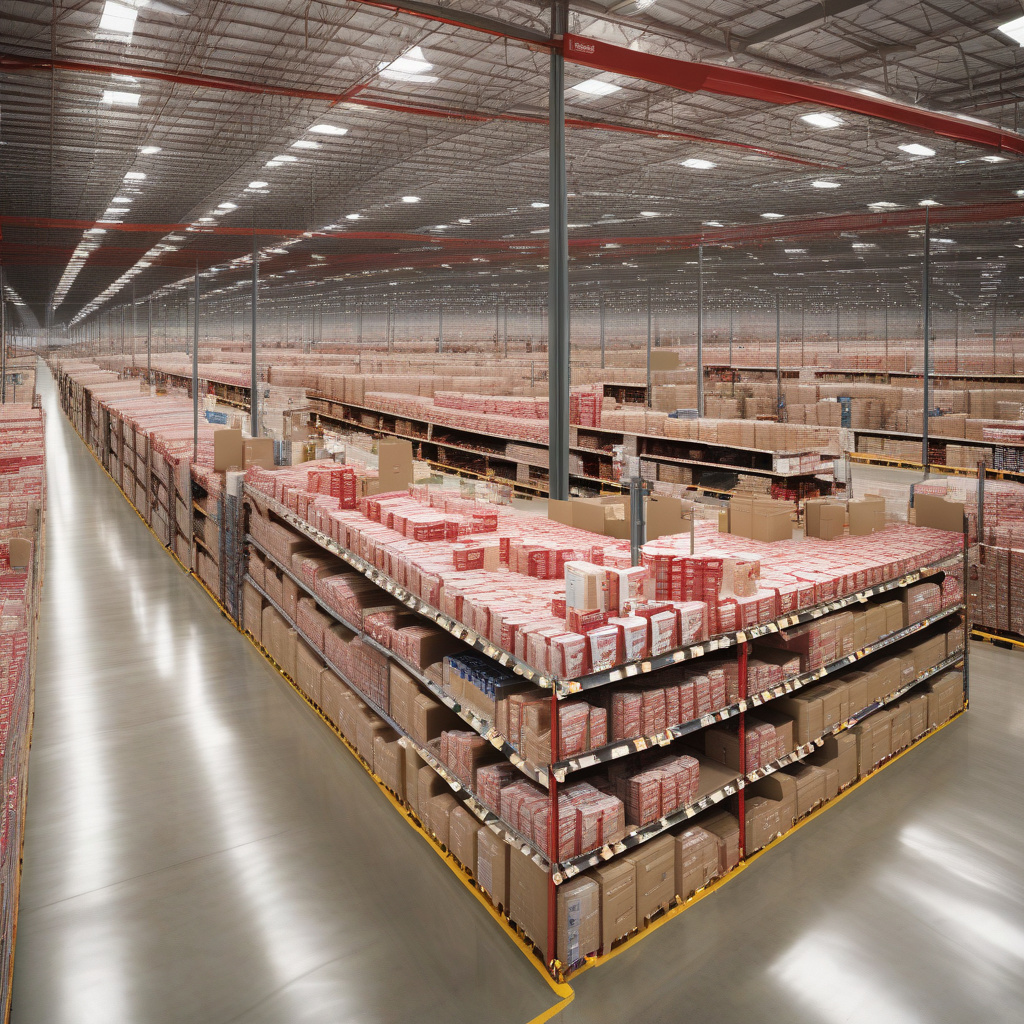Costco Holds Prices on Some Tariff-Impacted Items, CFO Says
In the ever-changing landscape of retail, where fluctuating prices and economic pressures often dictate consumer behavior, Costco stands out by implementing strategies that prioritize affordability for its members. Recently, CFO Gary Millerchip announced that the warehouse club retailer is actively working to shield its customers from the adverse effects of tariffs on specific staple goods. This decision comes at a crucial time when many retailers are grappling with rising costs due to increased duties on imported products.
Costco’s commitment to maintaining stable prices on essential items like bananas demonstrates not only its dedication to customer satisfaction but also its strategic approach to navigating the complexities of global trade. By absorbing the higher costs associated with tariffs on these staple goods, Costco is sending a clear message: it values its members and is willing to make sacrifices to keep prices low.
The impact of tariffs on consumer goods has been significant in recent years, as trade tensions have led to increased duties on a wide range of products. For many retailers, this has resulted in rising prices, which can deter customers and ultimately affect sales. However, Costco’s decision to hold the line on prices for certain items is a calculated move designed to retain its competitive edge in the market. By focusing on staple goods that consumers rely on daily, Costco is not only protecting its customer base but also reinforcing its brand loyalty.
Millerchip’s remarks underscore a broader trend in retail where companies must adapt to changing economic conditions while maintaining their commitment to consumers. For instance, grocery chains have often passed on increased costs to customers, leading to a perception that prices are continuously rising. In contrast, Costco’s approach of absorbing these costs for staple items highlights its unique business model, which relies heavily on membership fees and bulk sales to maintain profitability.
The decision to keep prices steady on items like bananas also aligns with Costco’s reputation for offering high-quality products at competitive prices. By ensuring that staple goods remain affordable, the retailer not only attracts a diverse clientele but also fosters a sense of trust among its members. This trust is invaluable in an era where consumers are increasingly price-sensitive and seek value in their purchases.
Moreover, Costco’s strategy could potentially influence other retailers to reconsider how they handle the impact of tariffs. If more companies follow suit by absorbing costs on essential items, it could lead to a more stable pricing environment across the retail sector. This shift may encourage consumer spending, which is vital for economic growth, especially during challenging times.
In addition to price stability, Costco’s ability to negotiate with suppliers and manage its supply chain effectively plays a crucial role in its pricing strategy. The company’s bulk purchasing power allows it to secure better deals from manufacturers, which can offset some of the costs associated with tariffs. As a result, Costco can provide its members with not only staple items at lower prices but also a wider variety of products that appeal to different consumer preferences.
It is also important to highlight that Costco’s approach is not merely about keeping prices low; it is also about ensuring quality. The retailer has built a reputation for offering fresh produce, high-quality meats, and organic options that meet the growing demand for healthier food choices. By maintaining price stability on staple goods, Costco can continue to attract health-conscious consumers who prioritize both quality and affordability.
As the retail landscape continues to evolve amid economic challenges and changing consumer preferences, Costco’s proactive approach to pricing could serve as a model for other retailers. By prioritizing the needs of its members and absorbing increased costs where possible, Costco is reinforcing its position as a leader in the retail industry. This strategy not only benefits consumers but also solidifies Costco’s long-term growth and market presence.
In conclusion, Costco’s decision to hold prices on certain tariff-impacted items, as articulated by CFO Gary Millerchip, is a testament to the company’s commitment to its members and its strategic foresight in navigating a complex retail environment. As consumers continue to seek value in their purchases, Costco’s focus on affordability for staple goods could prove to be a significant competitive advantage in the years to come.
Costco, tariffs, staple goods, retail strategy, price stability
